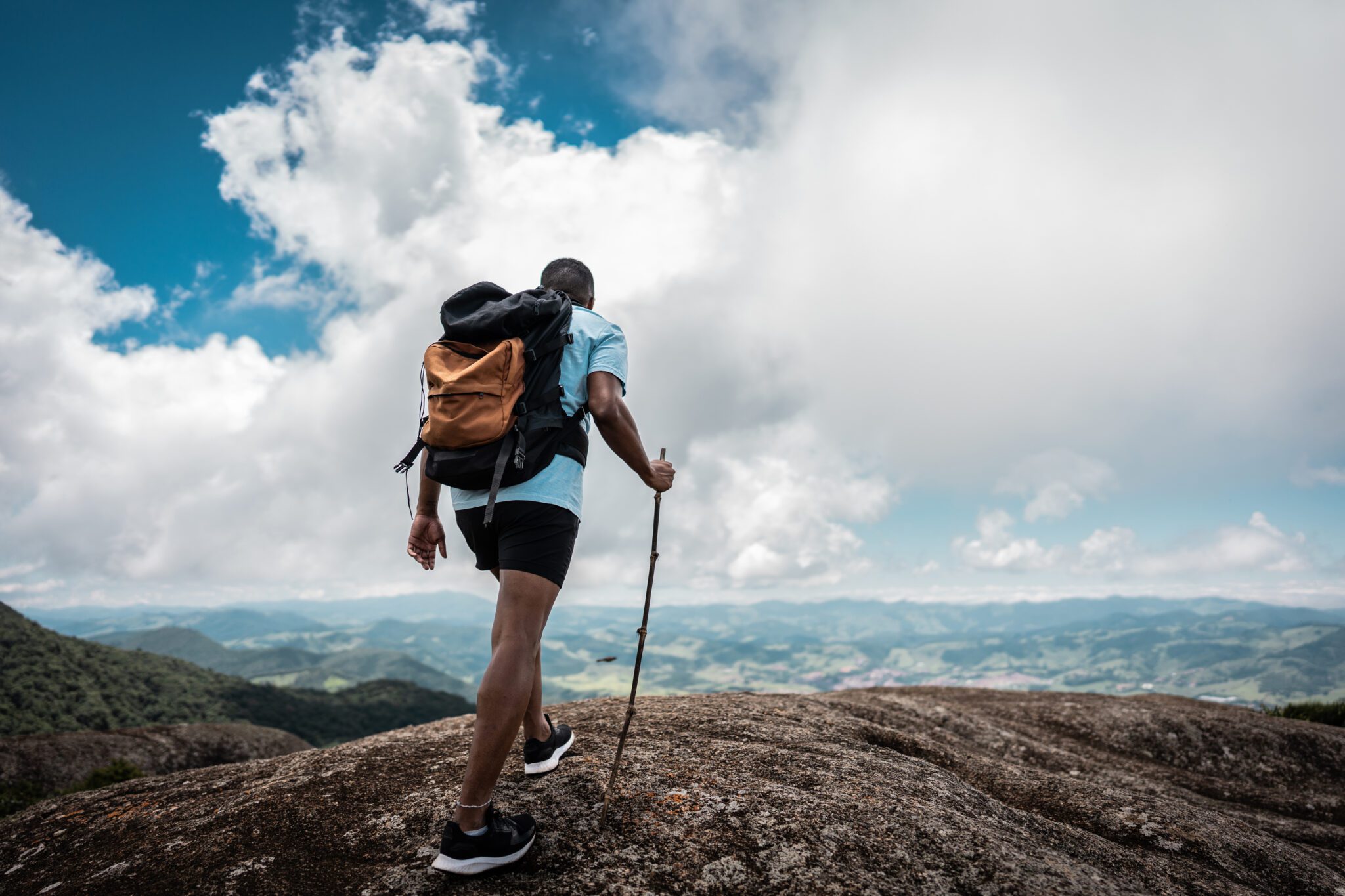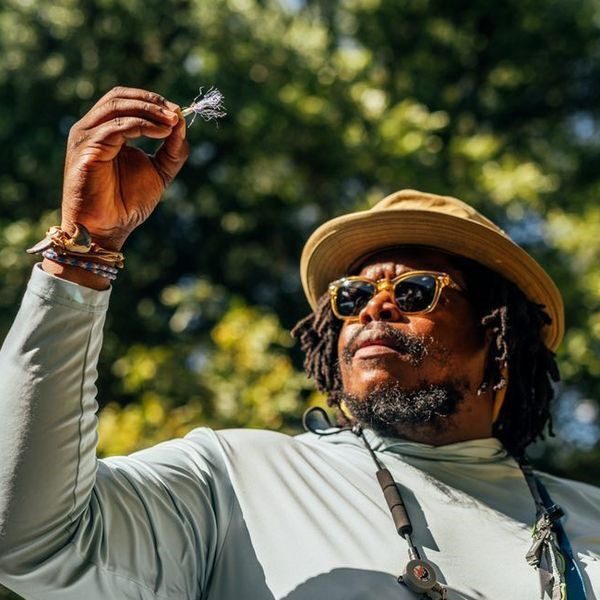FOR IMMEDIATE RELEASE
The outdoor industry advances its climate and chemical safety goals with significant progress in emissions reduction and responsible chemistry to build a stronger outdoor business.
Boulder, CO (July 22, 2025) — Outdoor Industry Association’s (OIA) Climate Action Corps (CAC) and Clean Chemistry and Materials Coalition (CCMC) are proud to announce the remarkable achievements of 2024, spotlighting how the outdoor industry is advancing in sustainable business practices and climate resilience to build a stronger outdoor economy. In a challenging regulatory environment, these milestones highlight how industry-led efforts can make a meaningful difference for environmental health and a sustainable future.
About the Climate Action Corps: Since 2020, OIA members participating in the CAC are committed to collaboratively developing and implementing solutions to combat climate change throughout their organizations and across their value chains. By taking bold collective action, these leaders are driving the industry toward reducing greenhouse gas (GHG) emissions by 50% by 2030 and achieving net-zero by 2050—aims essential for limiting global warming to 1.5°C and preventing the worst impacts of climate change.
Throughout 2024, the 61 members of the Climate Action Corps have made substantial progress, including:
- 97% measuring or progressing on measuring their Scope 1 and 2 emissions; 90% addressing Scope 3 emissions
- 95% establishing GHG reduction action plans
- 59% making measurable progress toward these targets
- Significant engagement with supply chain partners, shifting to lower-GHG products, and improving energy efficiency among suppliers
About the Clean Chemistry and Materials Coalition (CCMC): Launched in summer 2023, the CCMC supports retailers, brands, manufacturers, and distributors in adopting safer, more sustainable chemicals and materials. This coalition innovates on sustainability, aims to build consumer trust in their brands, and proactively prepares for chemical regulations. The CCMC supports members as they pioneer innovation in safer chemistry, build consumer trust, and deliver durable, trustworthy products. This is the first year that the progress of the CCMC has been reported by its 51 members.
Key 2024 milestones include:
- 79% of members setting chemical management goals
- 65% developing action plans to achieve safer chemistry
- 90% communicating their Restricted Substances Lists (RSL) to their suppliers
- Significant strides in phasing out PFAS and strengthening chemicals management practices throughout the supply chain
Industry Leadership and Impact:
The Outdoor Industry Association, through the Climate Action Corps and Clean Chemistry and Materials Coalition, is leading the way as the outdoor industry takes decisive action to protect our planet. These efforts are not only reducing the industry’s environmental footprint but also fostering innovation, transparency, and consumer confidence. “While there is still work to be done, our collective efforts in 2024 demonstrate resilience and the industry’s strong commitment to sustainability,” said Julie Brown, OIA Director of Sustainable Business Innovation.
About Outdoor Industry Association
Based in Boulder, Colo., with offices in Washington, D.C., Outdoor Industry Association (OIA) is a catalyst for meaningful change. A member-based collective, OIA is a passionate group of business leaders, climate experts, policy makers and outdoor enthusiasts committed to sustainable economic growth while protecting – and growing access to – the benefits of the outdoors for everyone. For more than 30 years, OIA has catalyzed a thriving outdoor industry by supporting the success of every member company across four critically aligned areas: market research, sustainability, government affairs, and inclusive participation. OIA delivers success for its members through education, events, and business services in the form of solutions and strategies, consultation, collaboration, and opportunities for collective action. For more information, visit outdoorindustry.org.
# # #


















